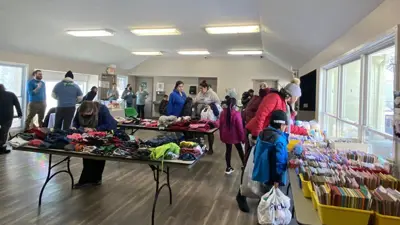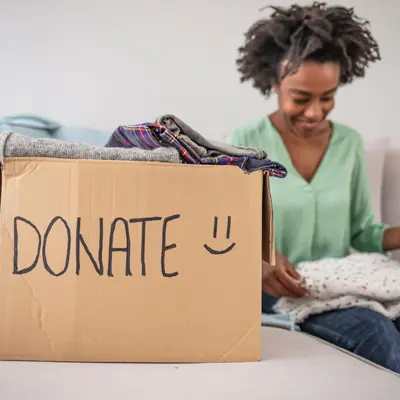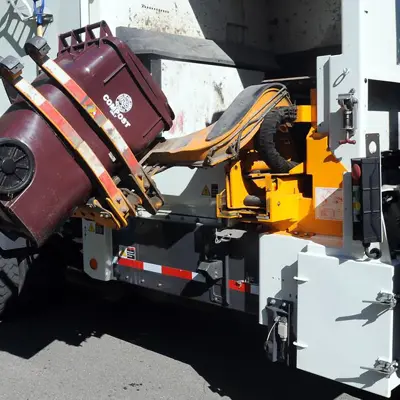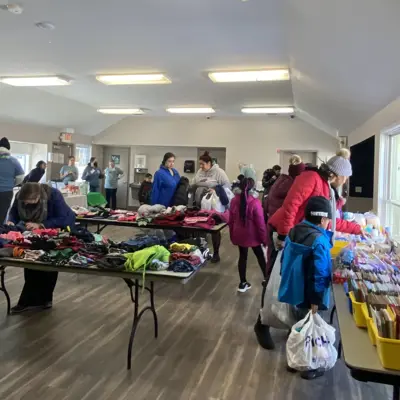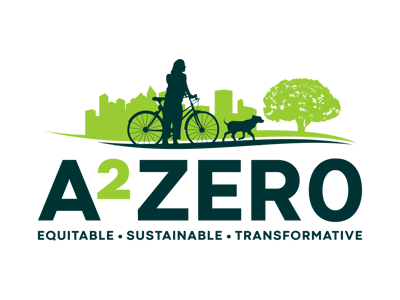The City of Ann Arbor Office of Sustainability and Innovations coordinates electronics collection events. At these events, residents are able to bring unwanted computers, tablets, phones, and other electronic devices to be collected for reuse, refurbishment, and recycling, depending on condition.
Keep an eye on our calendar of events for details on upcoming takeback events and email Claire DeBlanc at cdeblanc@a2gov.org with any questions.
Interested in joining our email list so you can find out about the next event when registration opens? Join the email list here!

